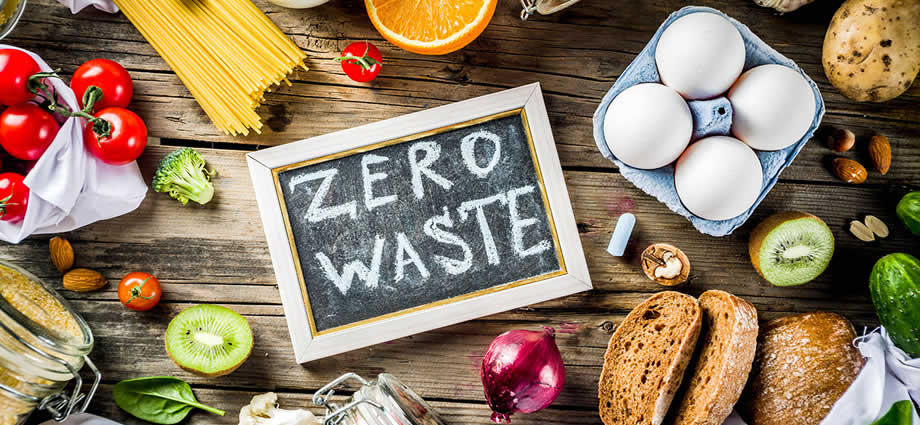With the average American generating nearly a ton of trash per year (0.82 ton per EPA), the stakes could not be higher for embracing innovations that can truly make a difference. Green World Alliance is focused on identifying and supporting sustainability innovations, with a keen eye on waste solutions. The following are examples of such innovations with great promise to reduce, reuse, and recycle waste:
- Scoby Packaging Materials: Scoby turns unwanted food into biomaterials that does not require petroleum-based additives and other nonbiodegradable and toxic substances. Scoby grows its materials in a couple of days in vertical, automatic process that outgrows forest sourced cellulose and is compostable in-home composters. https://www.makegrowlab.com/scoby-packaging
- Piñatex by Ananas Anam: Piñatex is made of the fibers from waste leaves of the pineapple plant that can be utilized as a substitute for a wide range of leather applications. Piñatex is fit for use across fashion, accessories & upholstery and has been used by over 1000 brands worldwide including Hugo Boss, H&M and the Hilton Hotel Bankside. Piñatex reuses plant waste and reduces the demand for animal byproduct high GHG footprint. https://www.ananas-anam.com/
- Xampla: Xampla has created the world’s first plant protein material for commercial use. These innovative plant protein polymers can be woven to make compostable packaging and other products that traditionally use single-use plastic. This product is especially useful for flexible packaging that needs to be durable. Another most impactful application is utilizing Xampla to replace the microplastics that are commonly added to fabric softeners, shampoos, cosmetics, and industrial products. https://www.xampla.com
- Orange Fiber: Orange Fiber is the world’s first brand to produce sustainable fabrics from citrus juice by-products. The innovative process has been patented since 2014 in the main citrus juice producing countries all over the world. Silk-like textile made from orange juice byproduct which is perfect for making tablecloths, curtains, and furniture. orangefiber.it
- Made of Air: Made of Air transforms low quality wood waste into carbon negative thermoplastic materials that act as a CO2 sink solution. Made of air can be formed with all traditional thermoforming methods and used for a wide variety of applications such as furniture, flooring, and interior/exterior paneling. Made of Air has many awards and accolades, along with partnerships with major companies such as Audi AG and H&M. https://www.madeofair.com
These exciting innovations bring us new approaches to address our waste challenges. For mass adoption, innovations need to develop a strong business case that coincides with their green aspirations. It takes bold end users to be the first to embrace these potential game changers, allowing for solution demonstration and the opportunity to make improvements.
Green World encourages you to reach out to us to learn more of other impactful innovations that may address your industry and sustainability challenges. We are creating an innovation network that interconnects various interest groups who have their sphere of knowledge of cutting-edge solutions. Green World is creating various programs to give you access to these global innovations, allowing you an expedited means to learn of incredible ways to make your company greener.
For more information, please reach out to Jeff Grossberg, Editor and Chief Research Executive at Green World, jeff@greenworldalliance.org.

